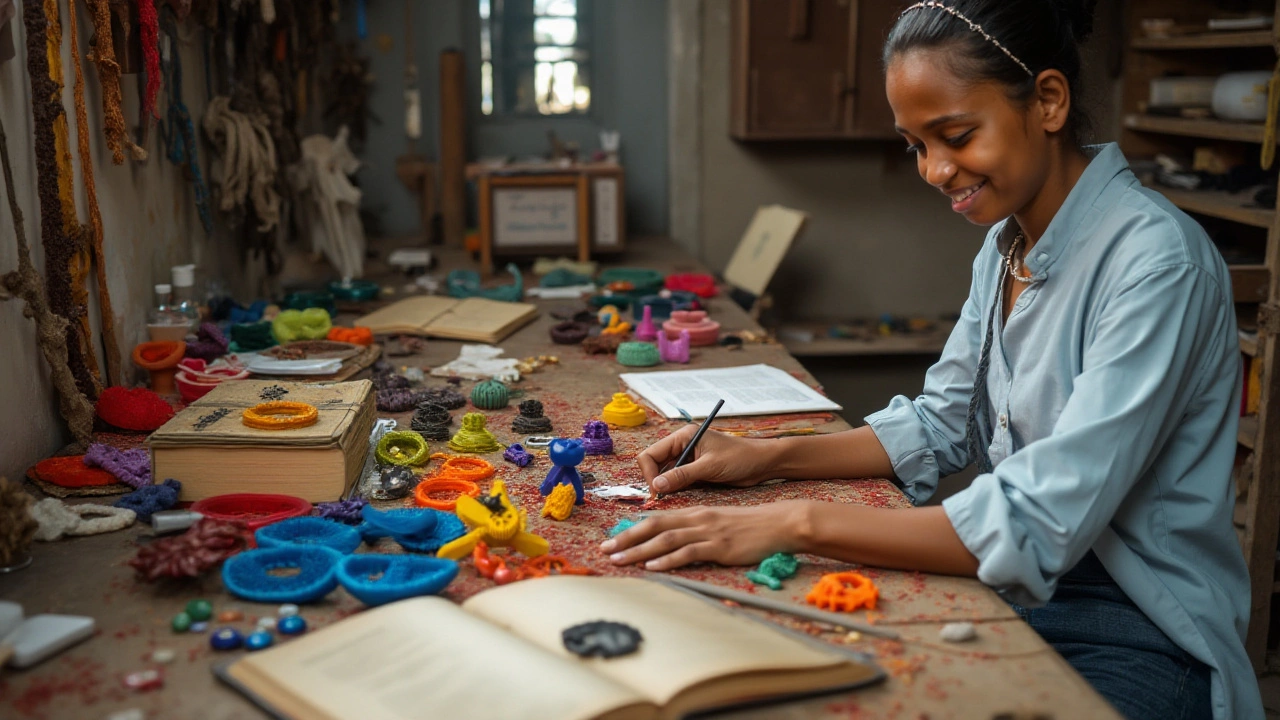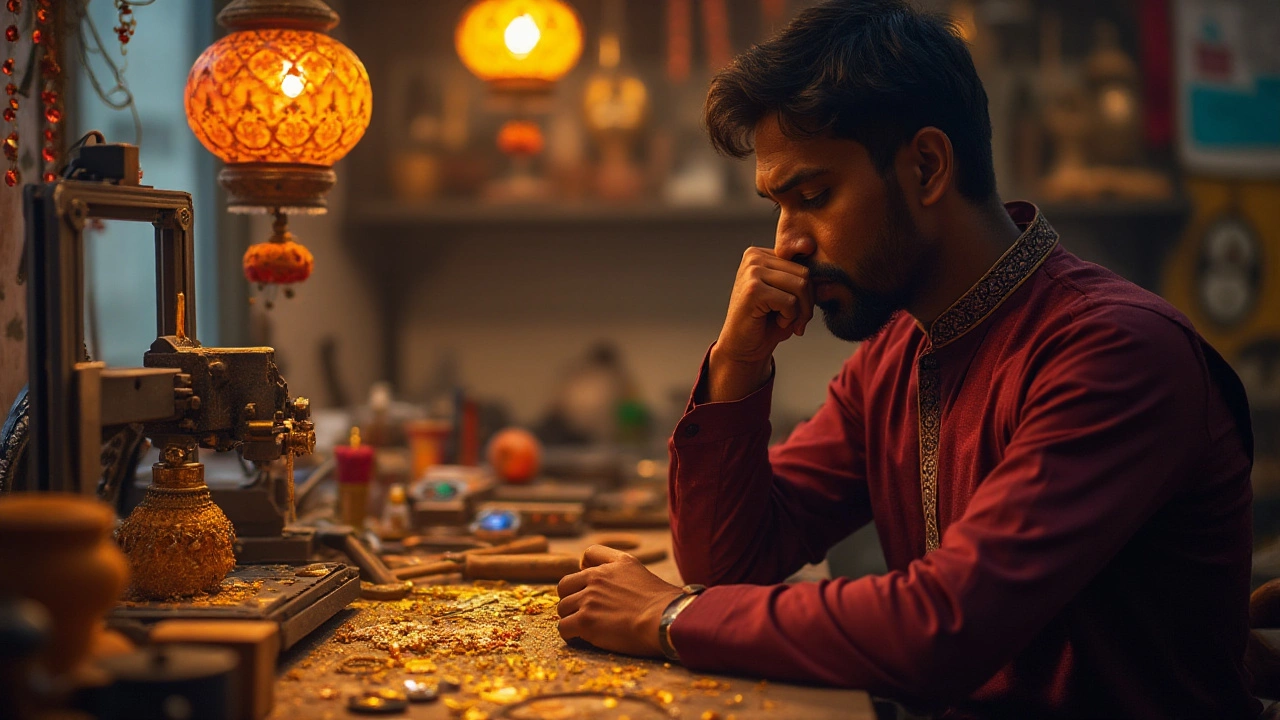3D Printing: Transforming Jewelry Creation
When working with 3D printing, a layer‑by‑layer process that builds objects from a digital model. Also known as additive manufacturing, it lets creators turn ideas into solid pieces without any carving or casting. In the world of accessories, Jewelry design has become a playground for this tech, opening doors to forms that were once impossible.
One of the most popular methods today is Resin printing. This approach cures liquid resin with light, producing ultra‑fine details that suit intricate pendants, rings, and charms. Because the surface finish is smoother, designers often need less post‑processing, which speeds up the move from prototype to finished product. In short, resin printing gives you the precision needed for delicate patterns while keeping costs low.
Why 3D printing matters for jewelry makers
The biggest advantage is speed. 3D printing enables rapid prototyping, meaning you can test a new design in a few hours rather than weeks of casting. That speed feeds creativity: you can iterate, tweak, and print again without waiting for a foundry. It also reduces waste because material is deposited only where it’s needed, which is a win for both budget and the environment.
Another key point is accessibility. With desktop printers and affordable software, hobbyists can join the same design loop as large studios. Design software like Fusion 360, Tinkercad, or Blender provides the digital backbone. These tools let you sketch, sculpt, and export STL files ready for the printer, bridging the gap between imagination and reality.
Material choice adds another layer of opportunity. Metal‑infused filaments let you print a model that looks like gold or silver, then switch to a real metal sintering process for a final piece. Meanwhile, bio‑compatible resins make it safe to create earrings or nose pins that sit directly on the skin. The link between material science and design is becoming tighter, and that’s reshaping what customers expect from custom jewelry.
From a business perspective, 3D printing opens up on‑demand production. Instead of holding a large inventory, you can keep digital files and print each item when an order arrives. This reduces storage costs and lets you offer a broader catalog without the risk of unsold stock. Many small Indian boutiques are already using this model to serve niche tastes, from traditional mangalsutra reinterpretations to modern geometric cuffs.
Production also benefits from the ability to personalize at scale. By tweaking a few parameters—size, engraving text, or gemstone placement—you can generate a unique version of the same base design for each customer. The process stays fast because the printer follows the same workflow regardless of those minor changes.
There are some practical hurdles, though. Learning the printer settings, calibrating layers, and handling post‑processing can be a steep curve for newcomers. However, online communities, video tutorials, and local maker spaces in India are growing quickly, offering hands‑on help and ready‑made printable models.
Quality control is another consideration. While resin prints boast high resolution, metal prints often require a second step—sintering or polishing—to reach the finish expected of traditional jewelry. Knowing when to stop with a printed prototype and move to a final material is a skill that improves with experience.
Finally, sustainability is becoming a talking point. Since you only use the exact amount of material needed, 3D printing cuts down on scrap metal and reduces the carbon footprint of shipping heavy raw materials. Consumers who value eco‑friendly practices are increasingly looking for brands that adopt such technologies.
All these angles—speed, accessibility, material variety, on‑demand production, personalization, community support, quality control, and sustainability—show why 3D printing is more than a novelty for the jewelry world. Below you’ll find a mix of articles that dive deeper into each of these aspects, from step‑by‑step guides for home makers to market trends shaping Indian jewelry shops today.


